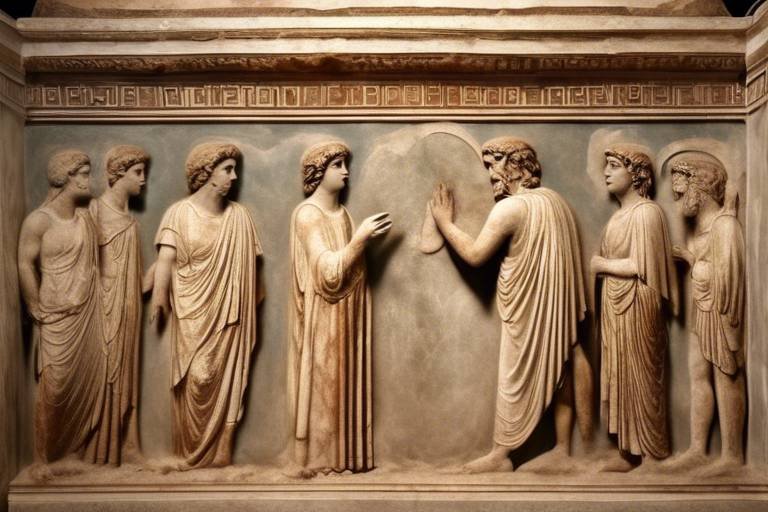The Mysterious Caves of Lascaux - Ancient Art
The Mysterious Caves of Lascaux hold within their ancient walls a treasure trove of prehistoric art that has captivated the world for decades. These caves, located in France, are renowned for their stunning cave paintings that date back thousands of years, offering a fascinating glimpse into the artistic abilities and lives of our early ancestors.
Imagine stumbling upon a hidden chamber deep within the earth, only to be greeted by a gallery of vibrant paintings depicting animals, symbols, and scenes from ancient life. The discovery of the Lascaux Caves was nothing short of a revelation, sparking wonder and awe in all who beheld these ancient masterpieces.
As we delve into the depths of these caves, we uncover not just art but a window into the past, a portal to a time long gone. The significance of the art found in the Lascaux Caves goes beyond mere aesthetics; it offers us a profound insight into the beliefs, culture, and daily existence of our early human ancestors.
The techniques and tools used by these ancient artists are a testament to their ingenuity and creativity. Through intricate brushstrokes and skilled hands, they brought to life majestic animals and enigmatic symbols on the cave walls, showcasing a level of artistry that is truly timeless.
Animal depictions abound in the cave paintings of Lascaux, each creature imbued with its own symbolic significance and potential meanings. From majestic bison to mysterious symbols, these images speak a language of their own, inviting us to decipher the messages left behind by our ancient predecessors.
Steeped in cultural and historical context, the art of the Lascaux Caves offers us a glimpse into the world of early human societies. These paintings tell stories of hunting, rituals, and perhaps even spiritual beliefs, painting a vivid picture of a bygone era that continues to intrigue and inspire us today.
However, preserving these delicate and ancient artworks presents a monumental challenge. Environmental factors, human impact, and the passage of time all threaten the integrity of the cave paintings, underscoring the urgent need for conservation efforts to safeguard this invaluable heritage.
Despite the challenges, efforts to balance preservation with public access and tourism have been ongoing. Conservation strategies aim to protect the Lascaux Caves while allowing visitors to experience the awe-inspiring beauty of the ancient art, striking a delicate balance between conservation and appreciation.
Controversies have also surrounded the Lascaux Caves, prompting the creation of replica caves to mitigate the impact of tourism on the original artworks. These replicas offer a compromise, allowing for public viewing while ensuring the preservation of the authentic cave paintings for future generations.
The legacy of the art in the Lascaux Caves endures, casting a long shadow that reaches into the realms of modern art, archaeology, and our understanding of human history. The influence of these ancient masterpieces reverberates through time, reminding us of the enduring power of art to transcend generations and speak to the soul.
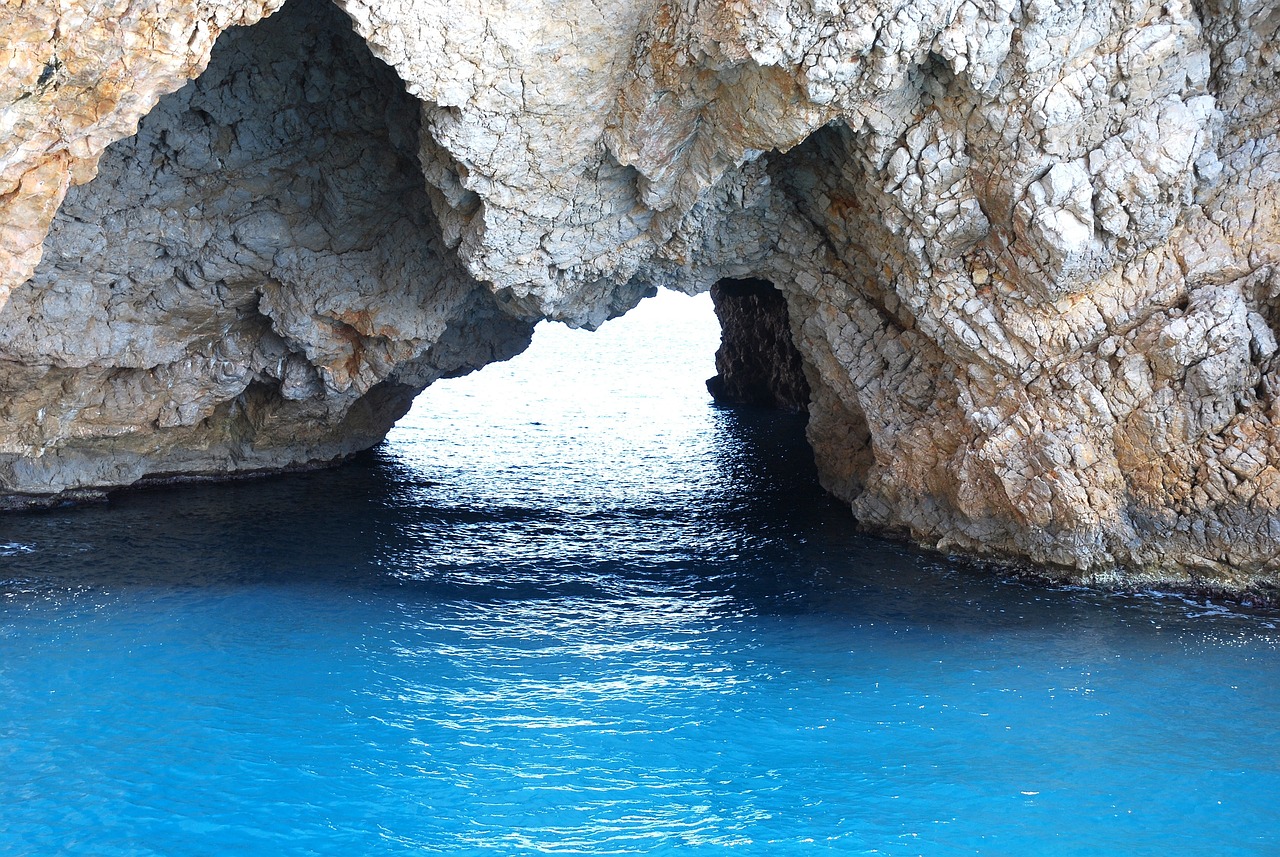
Discovery of Lascaux Caves
Deep in the heart of France lies a treasure trove of ancient art that has captivated the world for generations. The Lascaux Caves, with their stunning prehistoric paintings, offer a glimpse into the distant past and the creative minds of our ancestors. Let's embark on a journey to uncover the mysteries of these remarkable caves.
The story of the Lascaux Caves begins in 1940 when a group of curious boys stumbled upon the entrance to the caverns. Venturing inside, they were met with a breathtaking sight - walls adorned with vivid paintings of animals, symbols, and abstract shapes. News of this extraordinary discovery spread like wildfire, drawing the attention of archaeologists and art enthusiasts from around the world.
As excavations began, experts marveled at the intricate details and vibrant colors of the artwork, which dated back over 17,000 years. The Lascaux Caves quickly became a symbol of humanity's artistic prowess and a window into the past, offering valuable insights into the lives and beliefs of our ancient ancestors.
The significance of the Lascaux Caves cannot be overstated. These masterpieces of Paleolithic art provide a unique glimpse into the artistic abilities and cultural practices of early humans, showcasing their deep connection to the natural world and spiritual beliefs.
Using rudimentary tools such as stone scrapers and natural pigments, prehistoric artists skillfully depicted a variety of animals on the cave walls. From majestic bulls to elusive deer, each creature was rendered with precision and reverence, hinting at the symbolic meanings behind these ancient artworks.
The animal depictions found in the Lascaux Caves hold a special significance, offering clues about the spiritual beliefs and hunting practices of our ancestors. Scholars believe that these paintings may have served as rituals or storytelling devices, conveying important messages to the community.
Understanding the cultural and historical context in which the art was created is essential to unraveling the mysteries of the Lascaux Caves. By examining the placement of the paintings, the choice of motifs, and the techniques used, researchers can piece together a more comprehensive picture of early human societies.
Despite their enduring beauty, the delicate cave paintings of Lascaux face numerous preservation challenges. Environmental factors, such as humidity and temperature fluctuations, pose a constant threat to the fragile artworks, while human activities, including tourism, can accelerate their deterioration.
To balance the need for public access with the imperative of conservation, efforts have been made to limit visitor numbers, install protective measures, and monitor the caves closely. Conservationists work tirelessly to ensure that future generations can marvel at the wonders of Lascaux while safeguarding its precious heritage.
Controversies have surrounded the Lascaux Caves, with debates over the best way to protect and preserve these invaluable artworks. In response, replica caves have been created to allow visitors to experience the magic of Lascaux without endangering the originals, striking a delicate balance between conservation and public engagement.
The legacy of the Lascaux Caves endures, influencing artists, archaeologists, and historians alike. The timeless beauty and profound symbolism of the cave paintings continue to inspire new generations, shaping our understanding of human creativity, spirituality, and connection to the natural world.
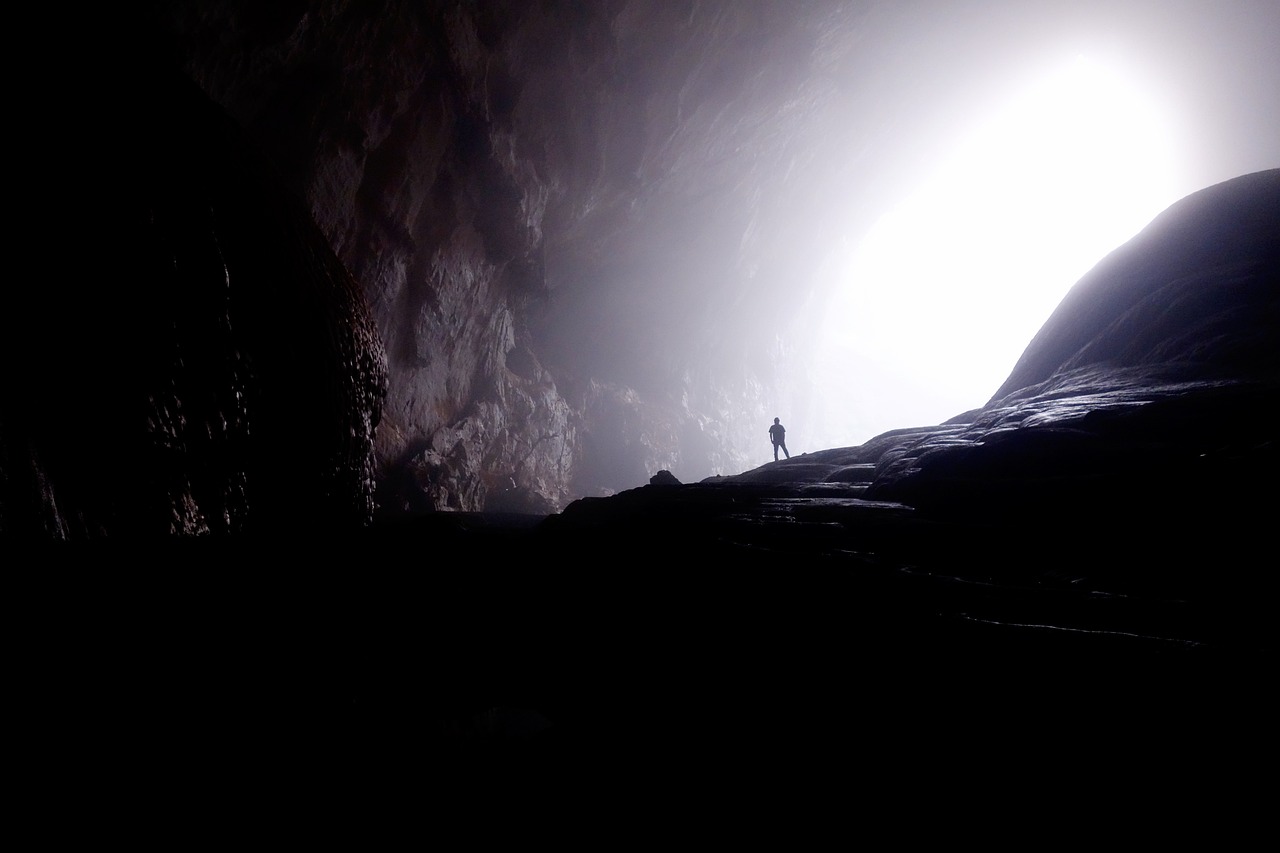
Significance of the Art
Deep within the heart of France lies a hidden treasure trove of ancient art that has captivated the world for centuries. The Lascaux Caves, renowned for their prehistoric cave paintings, offer a glimpse into the artistic prowess and cultural significance of early humans. Let's embark on a journey to uncover the mysteries and wonders of this extraordinary site.
The art found within the Lascaux Caves holds immense significance in unraveling the mysteries of our past. These ancient paintings provide a window into the lives, beliefs, and artistic abilities of our early ancestors. By studying these intricate artworks, we can gain valuable insights into the cultural and spiritual practices of prehistoric societies.
Imagine standing in the dimly lit caverns, surrounded by vivid depictions of animals, symbols, and scenes from ancient life. Each stroke of paint on the cave walls tells a story, a testament to the creativity and ingenuity of early humans. These artworks serve as a bridge connecting us to our past, allowing us to appreciate the rich tapestry of human history.
The significance of the art in the Lascaux Caves goes beyond mere aesthetics; it speaks to the resilience and creativity of our ancestors in the face of adversity. These paintings are not just static images but living remnants of a bygone era, offering a glimpse into the minds and hearts of those who came before us.

Techniques and Tools Used
When it comes to the ancient art found in the mysterious Lascaux Caves, the techniques and tools used by our prehistoric ancestors are a subject of fascination and wonder. Imagine the scene: dimly lit caves, flickering torches casting eerie shadows on the walls, and early humans meticulously creating intricate paintings that would withstand the test of time. But how did they do it?
One of the most remarkable aspects of the art in the Lascaux Caves is the use of natural pigments to bring the images to life. These pigments were derived from minerals like iron oxide for red, charcoal for black, and clay for earth tones. The artists ground these minerals into powders and mixed them with animal fats or plant juices to create a paint-like substance.
But painting on cave walls wasn't as simple as using a brush and canvas. Our ancestors had to improvise with tools like animal hair brushes, sticks, and even their hands to apply the pigments. They utilized techniques such as blowing paint through hollow bones to create outlines, spraying color over hands to leave handprint impressions, and combining pigments to achieve various shades and hues.
Moreover, the artists of Lascaux Caves ingeniously incorporated the natural contours and shapes of the cave walls into their compositions. They utilized the bumps, crevices, and uneven surfaces to enhance the three-dimensional effect of their paintings, giving the illusion of movement and depth to the depicted animals.
Imagine the precision and skill required to paint detailed images of animals like horses, bulls, and deer in such challenging conditions. The artists of Lascaux Caves were true masters of their craft, using primitive tools and techniques to create timeless works of art that continue to captivate and inspire us today.
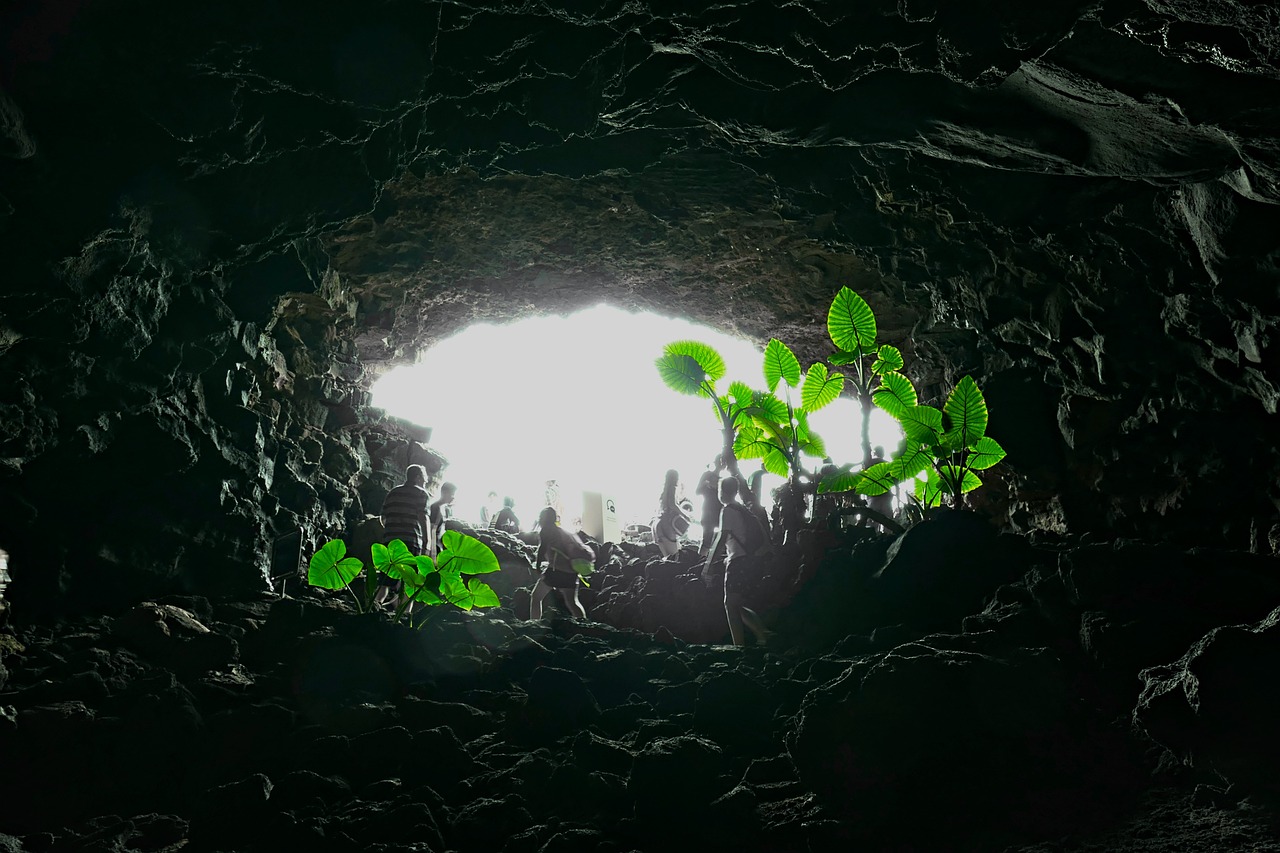
Animal Depictions
Exploring the in the ancient cave paintings of Lascaux is like unraveling a mysterious puzzle left behind by our ancestors. The walls of the caves are adorned with a plethora of animal figures, each holding its own symbolic significance and contributing to the rich tapestry of prehistoric art.
Among the most prominent animal depictions in the Lascaux Caves are the majestic bulls, often portrayed in dynamic poses with exaggerated horns and powerful stances. These representations of bulls are believed to symbolize strength, fertility, and perhaps even religious significance in the ancient society that created them.
Additionally, the horses depicted in the cave paintings showcase a remarkable attention to detail and a sense of movement that brings these ancient creatures to life on the stone canvas. The intricate depictions of horses not only reflect the artistic skills of the prehistoric humans but also offer insights into the importance of these animals in their daily lives.
Furthermore, the deer depicted in the Lascaux Caves are often portrayed with delicate precision, capturing the grace and elegance of these creatures in a way that transcends time. The presence of deer in the cave paintings may hold symbolic meanings related to hunting, spirituality, or the natural world as perceived by early humans.
It is fascinating to observe how these ancient artists used the contours of the cave walls to create three-dimensional representations of animals such as bison, aurochs, and even mythical creatures. Each animal depiction in the Lascaux Caves tells a story, offering glimpses into the beliefs, rituals, and daily experiences of our ancestors in a way that words alone cannot convey.
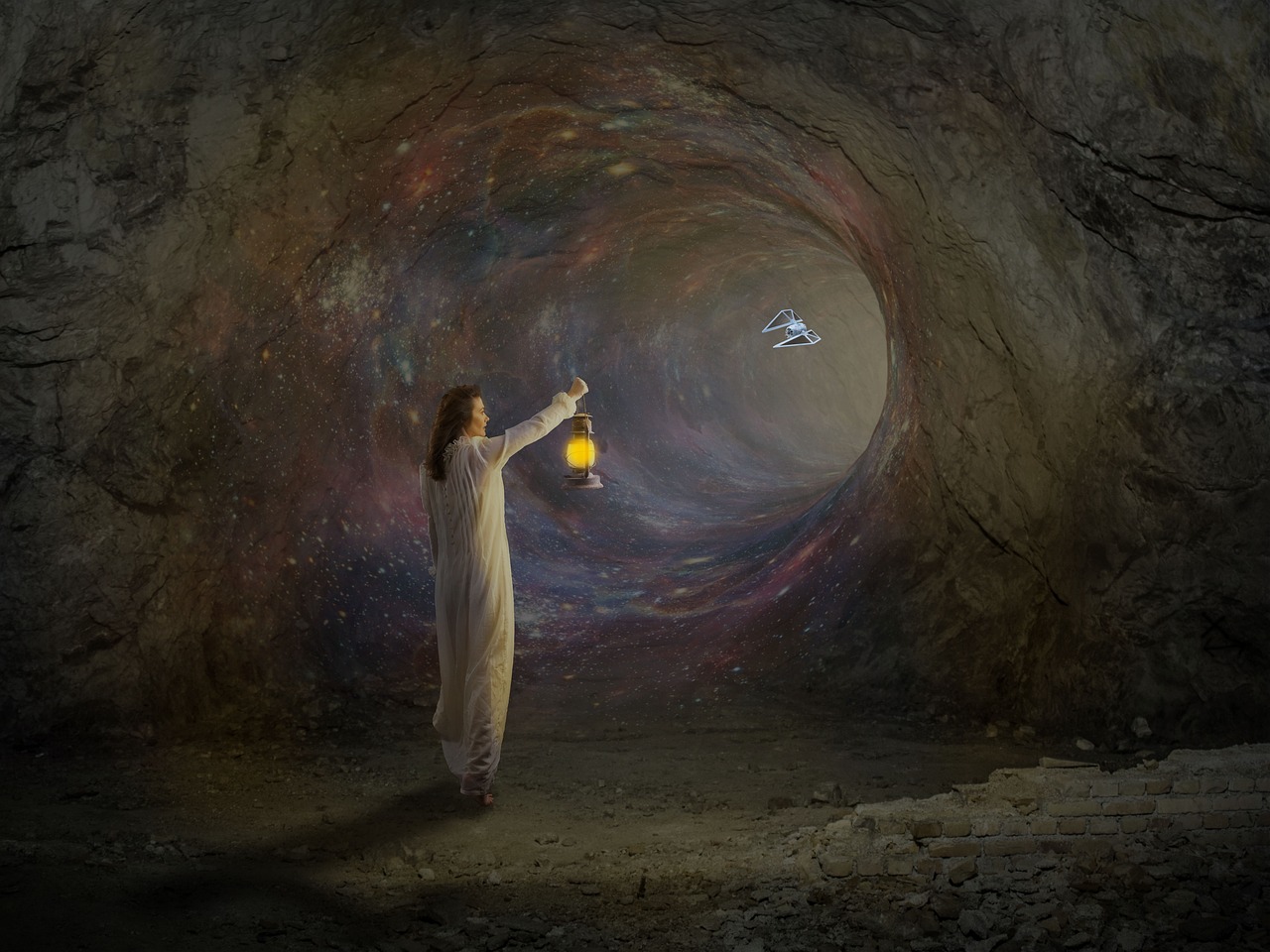
Cultural and Historical Context
The of the art found in the Lascaux Caves provides a fascinating glimpse into the lives of our ancient ancestors. These remarkable cave paintings, dating back over 17,000 years, offer valuable insights into the culture, beliefs, and daily practices of early humans. The intricate depictions of animals, hunting scenes, and symbolic motifs not only showcase the artistic prowess of our ancestors but also reflect their deep connection to the natural world.
Within the of the Lascaux Caves, researchers have uncovered evidence of a society deeply rooted in nature and spirituality. The choice of animals depicted in the cave paintings, such as bulls, horses, and deer, suggests a close relationship between early humans and the wildlife around them. These images may have held symbolic meanings related to hunting rituals, fertility, or spiritual beliefs, providing a window into the worldview of our ancient predecessors.
Moreover, the of the Lascaux Caves reveals the importance of storytelling and visual expression in early human societies. The intricate details and skilled execution of the cave paintings indicate a sophisticated artistic tradition passed down through generations. These artworks likely served not only as decorative elements but also as educational tools, conveying knowledge, myths, and cultural practices from one generation to the next.
As we delve deeper into the of the Lascaux Caves, we begin to unravel the complex tapestry of human history and evolution. The art found within these ancient caves transcends mere aesthetic beauty; it serves as a testament to the resilience, creativity, and ingenuity of our ancestors. By studying and preserving these priceless artifacts, we honor the legacy of those who came before us and gain a deeper understanding of our shared human heritage.
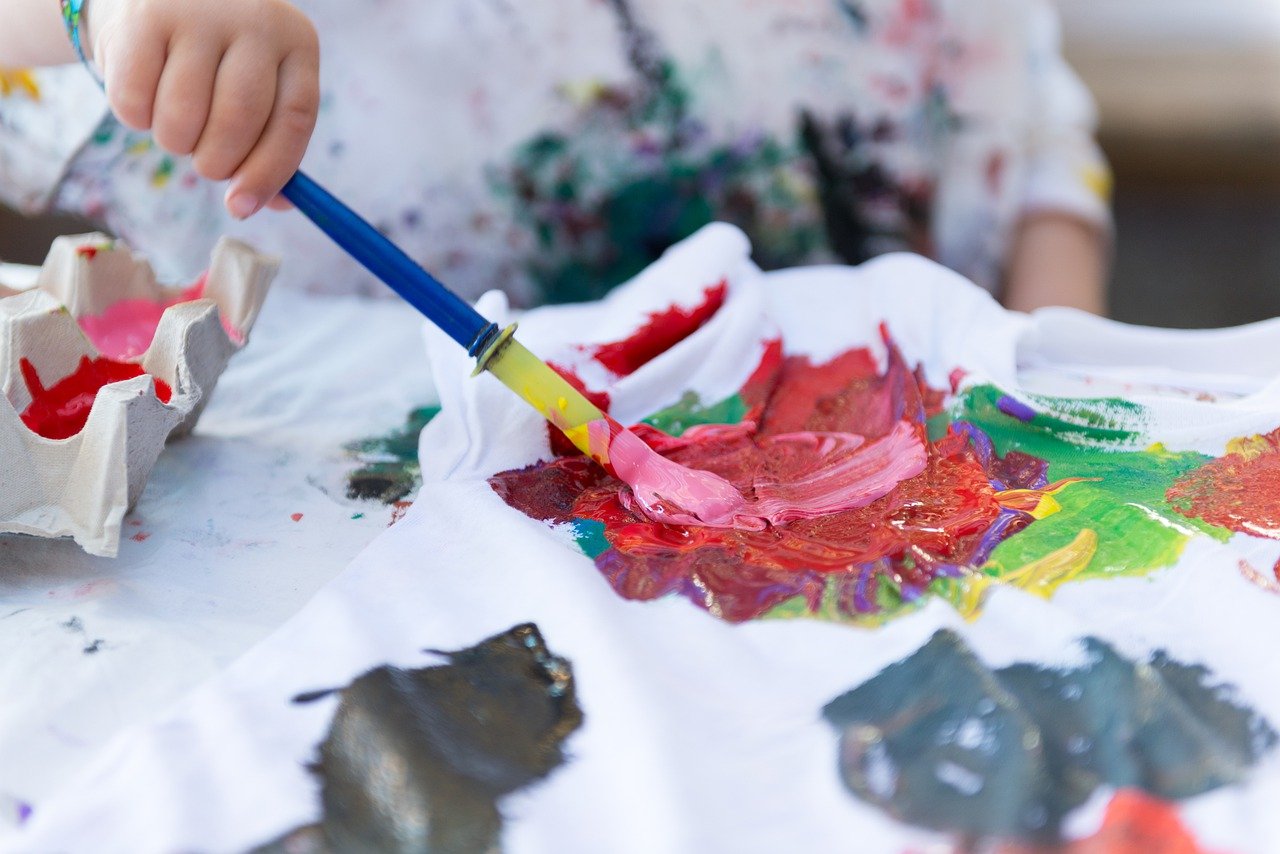
Preservation Challenges
Preserving the delicate and ancient cave paintings of Lascaux presents a myriad of challenges that require careful consideration and specialized techniques. One of the primary preservation challenges is the impact of human presence. The breath, body heat, and even the microbes carried by visitors can contribute to the deterioration of the paintings over time. Balancing the need for public access with the protection of the artwork is a delicate dance that conservationists must navigate.
Environmental factors also pose a significant threat to the preservation of the Lascaux Caves. Changes in temperature, humidity levels, and natural processes such as erosion can all impact the stability of the cave environment and the integrity of the paintings. Developing strategies to monitor and control these environmental variables is crucial to ensuring the long-term survival of the artwork.
Furthermore, the growth of algae, fungi, and other microorganisms on the cave walls can pose a serious threat to the preservation of the paintings. These biological agents can cause discoloration, staining, and physical damage to the delicate pigments used by prehistoric artists. Implementing measures to prevent the proliferation of these organisms is essential in safeguarding the art for future generations.
Another challenge in preserving the Lascaux Caves is the risk of vandalism and theft. Despite efforts to secure the site, the allure of the ancient artwork has led to instances of graffiti, unauthorized markings, and even attempted thefts. Ensuring the security of the caves and implementing measures to deter vandalism are crucial components of the preservation efforts.
Additionally, the very act of conservation itself can present challenges. Interventions such as cleaning, stabilizing, and restoring the paintings must be carefully planned and executed to avoid causing further harm. Conservationists must strike a delicate balance between preserving the authenticity of the original artwork and ensuring its longevity for future generations to appreciate.
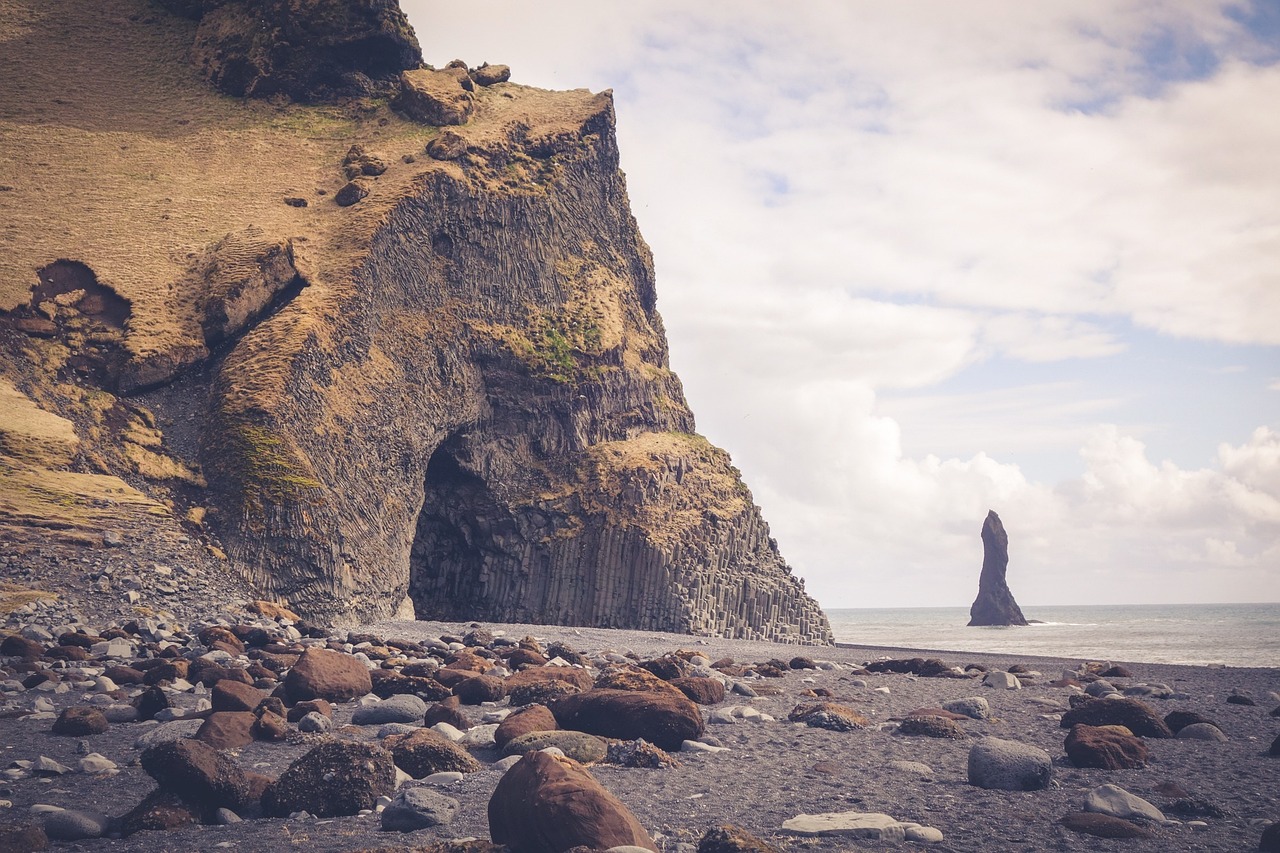
Tourism and Conservation Efforts
The Lascaux Caves, with their mesmerizing ancient art, have become a significant tourist attraction over the years. Visitors from around the world flock to witness the remarkable prehistoric paintings that offer a glimpse into the distant past. However, with increased tourism comes the challenge of preserving these delicate artworks for future generations to appreciate. Balancing the need for public access and the conservation of the caves is crucial to ensure the longevity of this invaluable cultural heritage.
Efforts to manage tourism at the Lascaux Caves involve strict regulations to limit the number of visitors allowed inside the caves at any given time. This helps minimize the impact of human presence on the fragile environment within the caves, reducing the risk of damage to the ancient paintings. Additionally, educational programs are in place to raise awareness among visitors about the importance of respecting the site and following preservation guidelines.
Conservation initiatives focus not only on protecting the physical integrity of the cave paintings but also on monitoring environmental conditions within the caves. Factors such as temperature, humidity, and air quality are closely monitored to prevent deterioration of the artworks. Advanced technologies are employed to aid in the preservation efforts, ensuring that the art remains intact for future generations to admire.
Collaboration between archaeologists, conservationists, and government authorities is essential in implementing effective strategies to safeguard the Lascaux Caves. Research and ongoing assessments help identify potential risks to the site and inform decision-making processes regarding conservation measures. By combining expertise and resources, stakeholders work together to strike a balance between promoting tourism and ensuring the long-term protection of this invaluable cultural treasure.
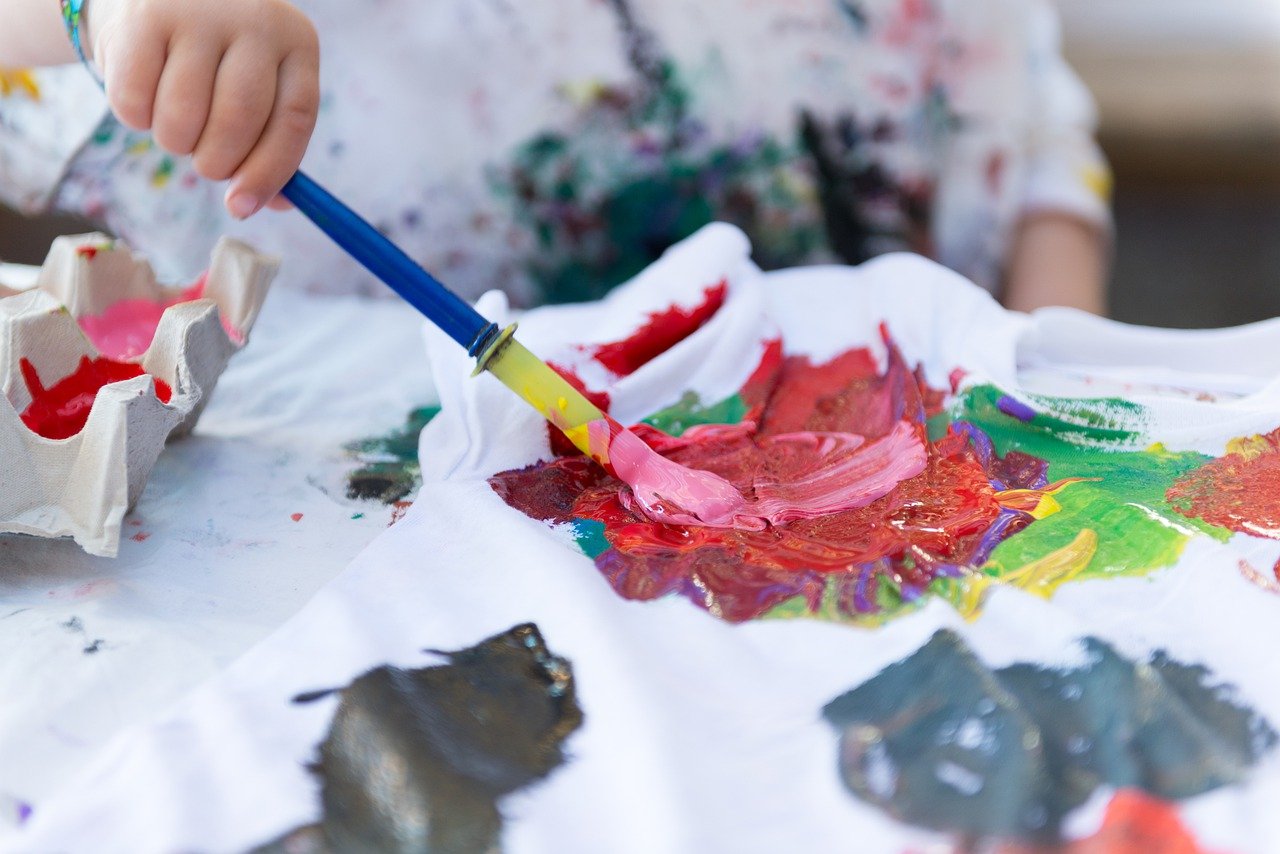
Controversies and Replicas
Controversies surrounding the Lascaux Caves have sparked debates within the archaeological and conservation communities. One of the main controversies revolves around the impact of human presence on the delicate cave paintings. As visitors toured the caves, their breath and body heat caused damage to the ancient artworks. To address this issue, a decision was made to close the original caves to the public and create replica caves nearby for visitors to explore.
Replica caves have been constructed to allow people to experience the wonder of Lascaux's art without endangering the original masterpieces. These replicas meticulously recreate the intricate paintings and provide a glimpse into the prehistoric world captured on the walls of the actual caves. While some purists argue that replicas can never fully capture the essence of the original site, others believe that they are necessary to protect the ancient art for future generations.
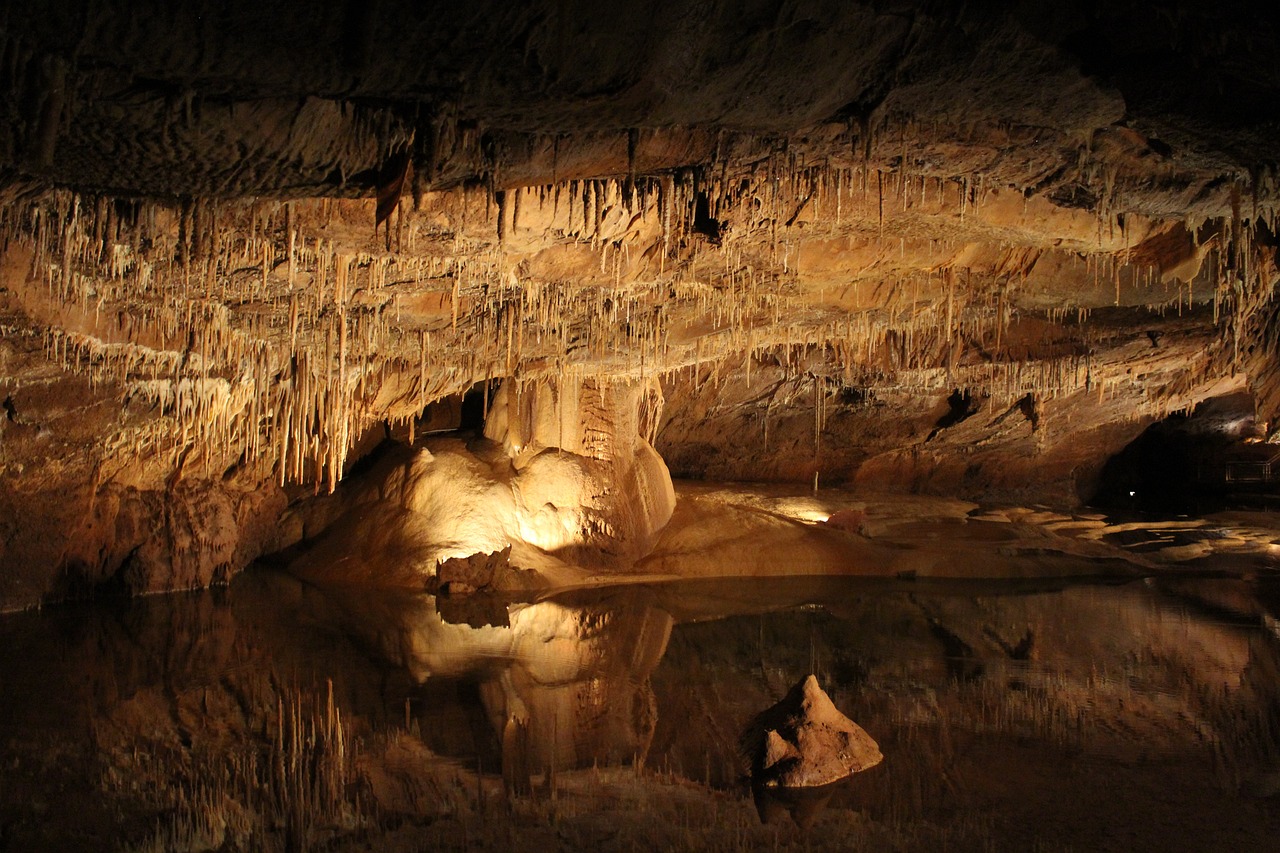
Legacy and Influence
Exploring the legacy and influence of the art found in the Lascaux Caves unveils a profound impact on various aspects of human culture and understanding. The intricate cave paintings, dating back thousands of years, have left an indelible mark on modern art, archaeology, and our perception of human history. These ancient artworks serve as a bridge connecting us to our ancestors, offering a glimpse into their lives, beliefs, and artistic capabilities.
One of the most striking aspects of the legacy of Lascaux is its influence on modern art. The intricate depictions of animals, humans, and abstract symbols have inspired countless artists throughout the centuries. The raw emotion and storytelling conveyed through these ancient artworks continue to captivate and inspire contemporary creators, showcasing the timeless nature of artistic expression.
Moreover, the archaeological significance of the Lascaux Caves cannot be overstated. The detailed representations of prehistoric life provide valuable insights into early human societies, their interactions with the environment, and their spiritual beliefs. By studying these ancient artworks, archaeologists have been able to piece together a more comprehensive understanding of our shared history and cultural evolution.
Furthermore, the influence of the Lascaux art extends beyond the realm of art and archaeology. The symbolic meanings embedded in the cave paintings offer a window into the minds of our ancestors, shedding light on their worldview and values. This deeper understanding of early human societies contributes to our appreciation of cultural diversity and the universality of human experiences.
In conclusion, the legacy and influence of the art in the Lascaux Caves are profound and far-reaching. From inspiring contemporary artists to informing archaeological research and enriching our understanding of human history, these ancient artworks continue to spark curiosity and awe. The enduring impact of the Lascaux art serves as a testament to the power of creativity, storytelling, and the enduring legacy of our ancestors.
Frequently Asked Questions
- What is the significance of the art found in the Lascaux Caves?
The art in the Lascaux Caves is significant as it provides a glimpse into the lives, beliefs, and artistic abilities of early humans. These prehistoric cave paintings offer valuable insights into the culture and creativity of our ancestors.
- How were the intricate cave paintings in Lascaux created?
Prehistoric humans used various techniques and tools such as natural pigments, brushes made from animal hair, and their hands to create the detailed artworks in the Lascaux Caves. The precision and skill displayed in these paintings are awe-inspiring.
- What challenges are faced in preserving the ancient cave paintings of Lascaux?
Preserving the delicate cave paintings of Lascaux presents challenges due to environmental factors like humidity and temperature fluctuations, as well as human impact from tourism. Conservation efforts are crucial to protect these invaluable artworks.
- Why are replica caves created for public viewing?
Replica caves are created to allow the public to experience the beauty of the Lascaux Cave paintings while safeguarding the originals from potential damage. These replicas serve as educational tools and help in the conservation of the original artworks.



















